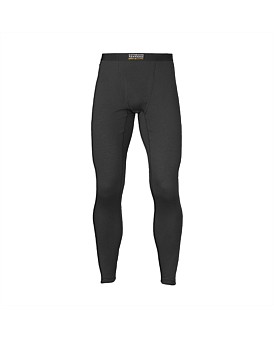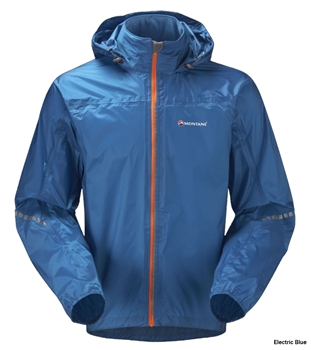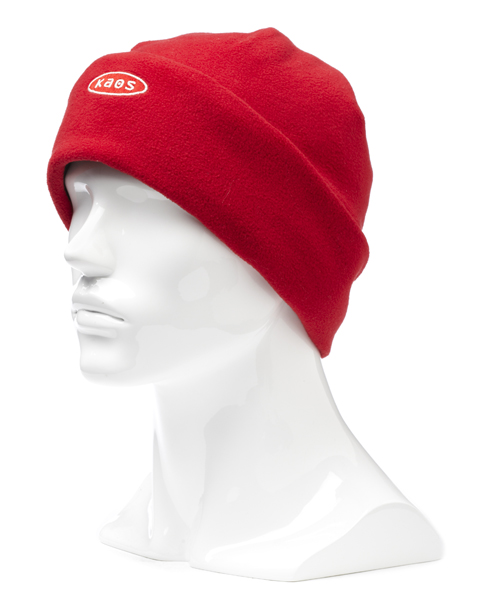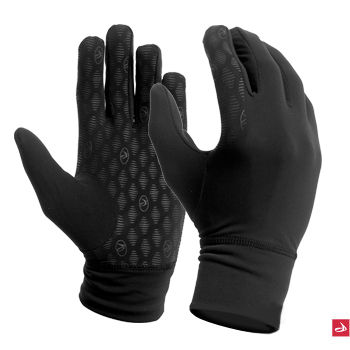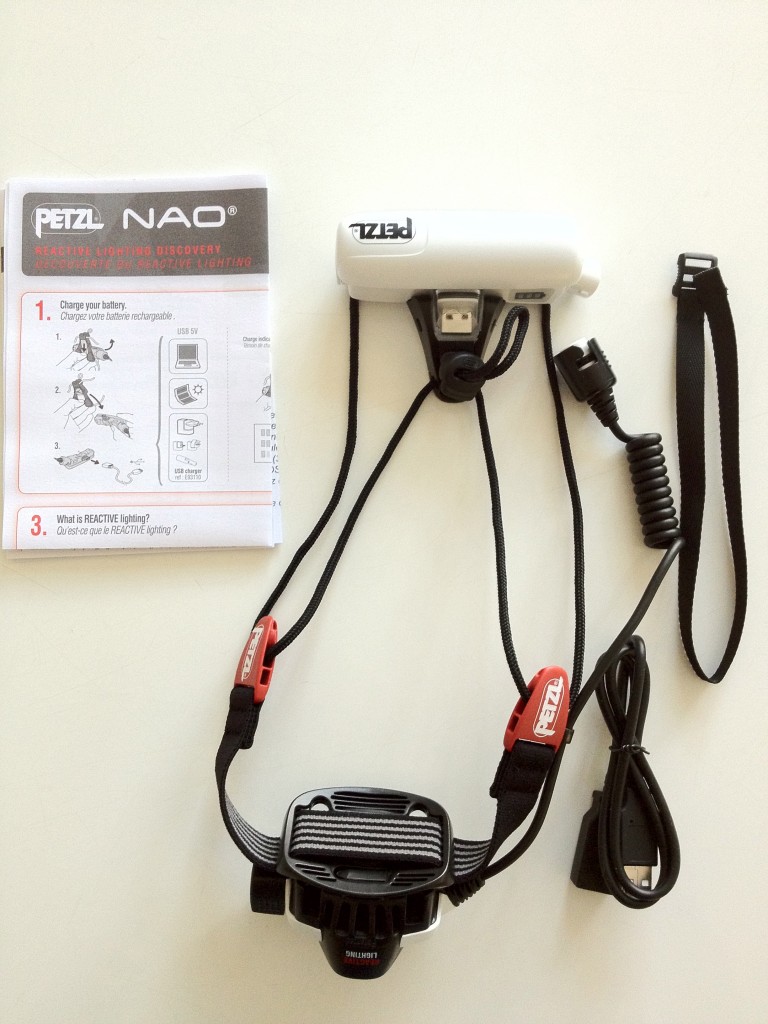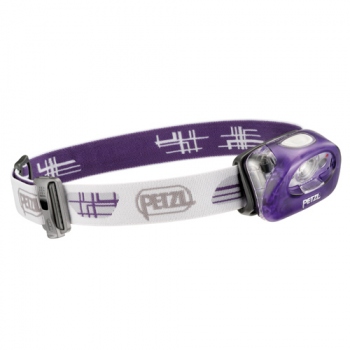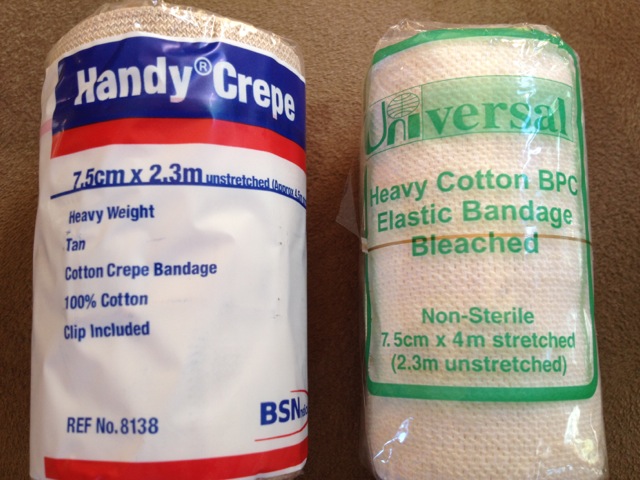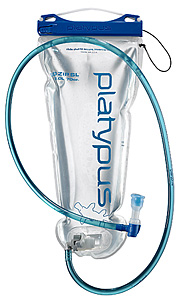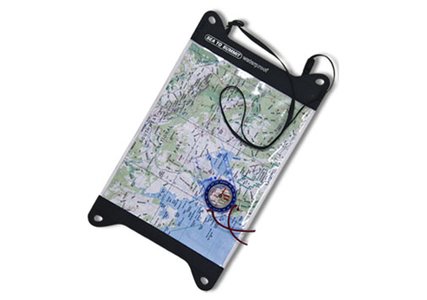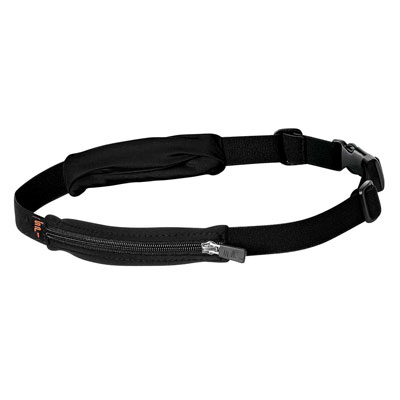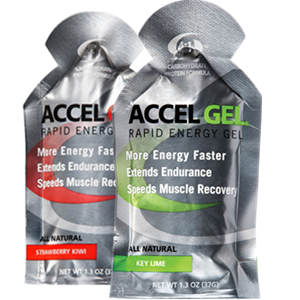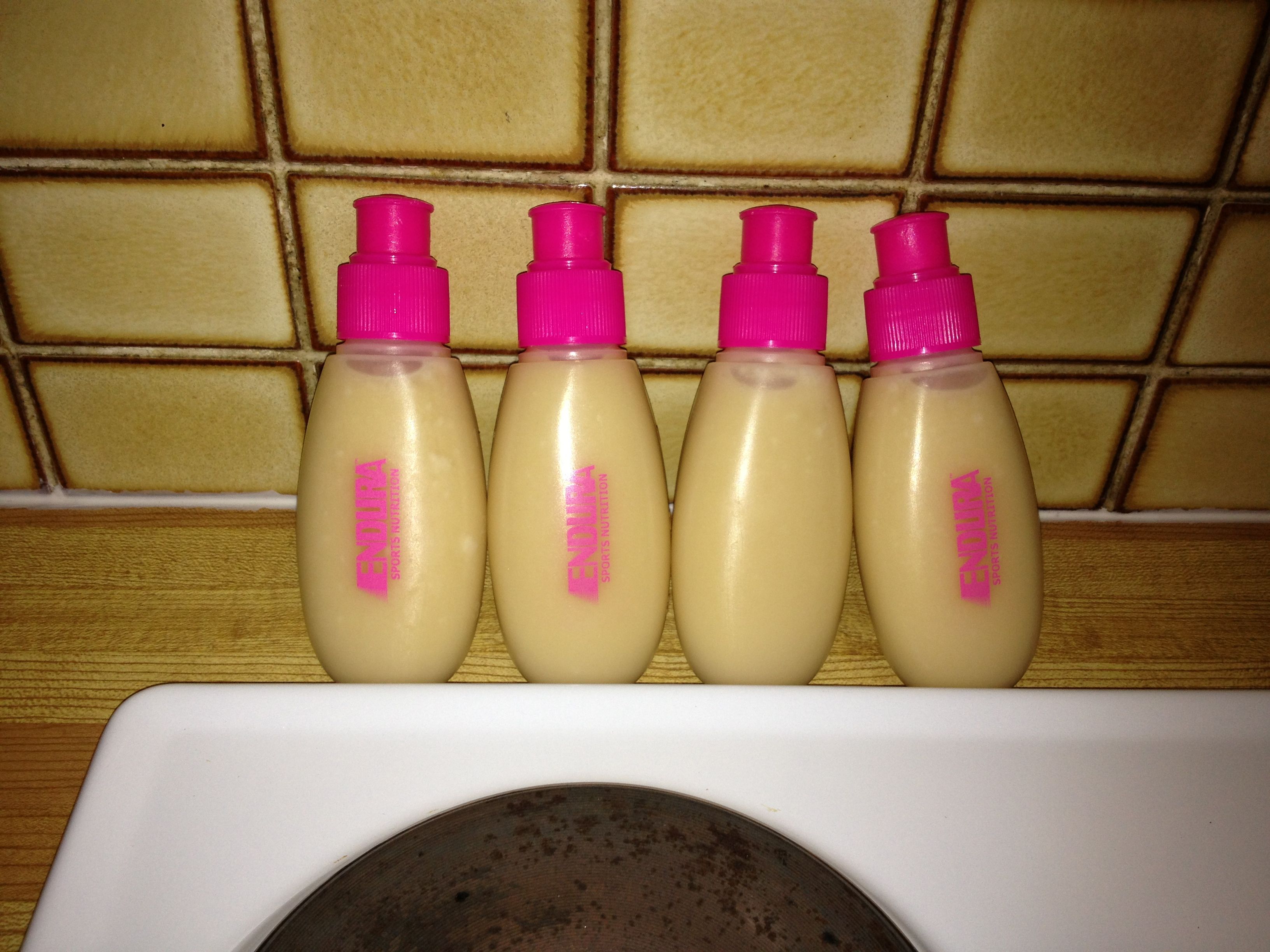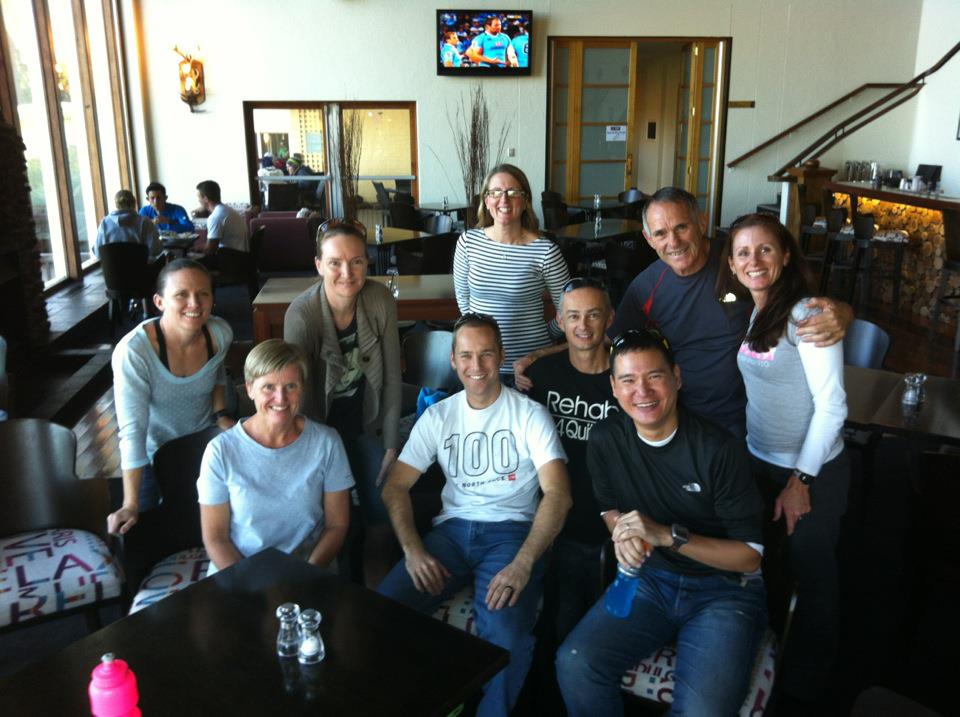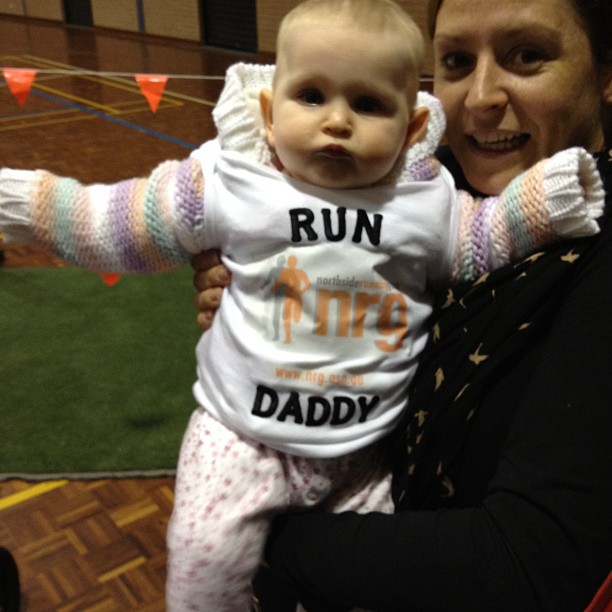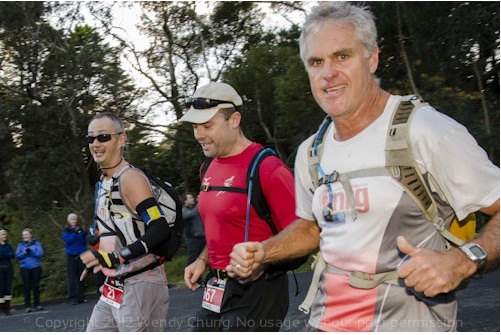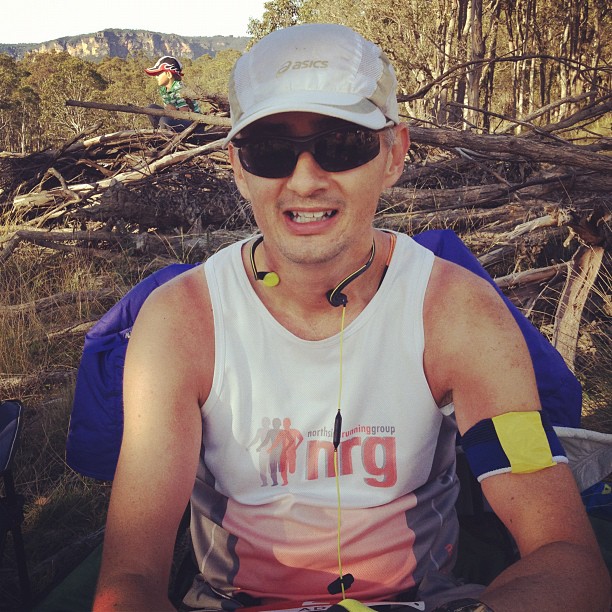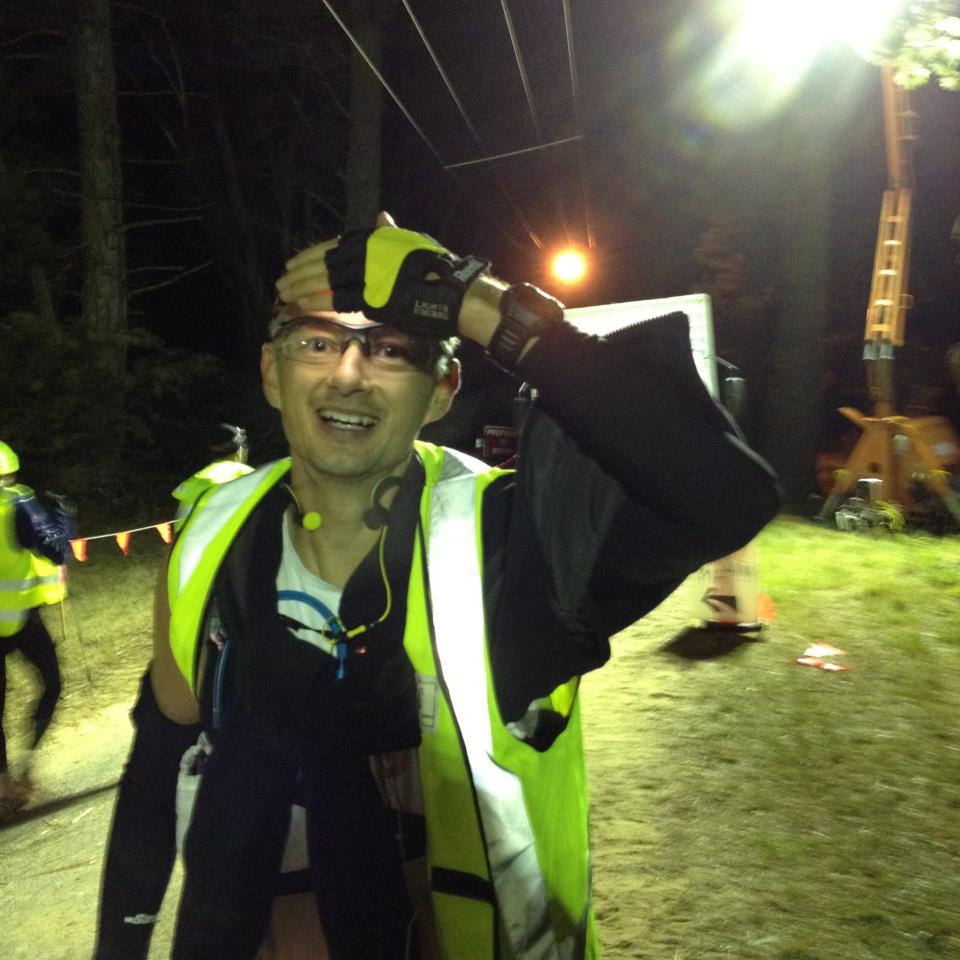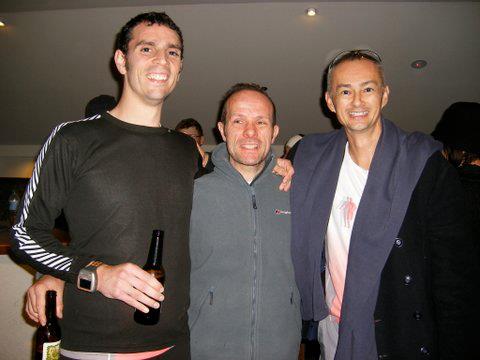Probably the thing I get asked most in person is ‘what tips do you have for me?’. Now truthfully I’m not a better runner than you. Anything I’ve got to share I’ve stolen from others or gained through studying the electrons on the internet. Terror will do that to you. Some of these things might work for you, some probably won’t. Be very careful about changing your race plan because of anything I write here- you need to be comfortable with your choices, and remember ‘nothing new on race day’!
I wear my sunglasses at night
This tip from Nick Weinholt was a big winner. I have 2 pairs of sunglasses, and at checkpoint 4 swapped my daytime pair for a pair from my checkpoint bag that had clear lenses. This worked really well for two reasons- in the cold it kept my eyes a bit warmer and stopped them streaming like a sad panda, and during leg 6 it meant I could run through the bush without worrying about getting hit in the face by branches. So in a way, it made me run faster! You’ll look like a bit of a wanker, but it’s night, hardly anyone will see you……
Papa’s got a brand new bag
You should buy a bunch of blue cool bags from a supermarket. You’ll need 3- one each for checkpoint 3, 4, and 5. Each will need to be labelled clearly with your race number so the race crews can put them in order (so you can find your bag when you hit the CP). You should also try to make it look a bit different from all the other blue bags- tie something on to the handle, like a piece of ribbon or even another plastic bag- but MAKE THEM ALL THE SAME so you can recognise them. Inside the lid of each CP bag have a list of stuff you need to do. If you have crew, MAKE SURE they go through the list before you leave the checkpoint- last year I forgot to fill my bladder before leaving CP4, meaning I ran out of water on the longest leg of the race. This was because my wife was there to help me and I hadn’t planned on her being there, so I forgot to ask her to check the list. Completely my fault and it could have been a disaster. My bag notes look something like this
Checkpoint 3
Garbage
Dump extra food
Pick up Gels
Pick up headlight
Macaroni Cheese
Eggs
Banana
Check bladder
Drink/ take Endura
The text is large so I can read in low light. I also have treats in each bag, so I’ll have a quick look inside to see if anything takes my fancy. Some of these items are just guides rather than instructions- for instance there is no way I could have eaten a banana going out of CP3, but at least I got to consider it because it was on the list. Also dumping your rubbish in your drop bag will save you having to find a bin. Not a big deal, but could save you some time when you’ve completely lost your mind later in the race.
Keep Warm
I thought I’d be really smart and use cycling style arm warmers for the early part of the race when it is often very cold. It’s a great theory, but didn’t work in practice because the arm warmers have some rubber at the top to keep them from slipping off, and this rubbed my arms raw. Might be worth considering if you are a bit chunkier than me (I have quite skinny arms) but I probably won’t use them again. Also the 2 bits of clothing you want to have in large sizes are your reflective vest, and your rain jacket. You don’t really want to have to take your pack off to put either of these on, and indeed the reflective vest MUST be visible over your pack, so make sure you haven’t got a midget version. I’m most comfortable running in a singlet, and can do this at temps down to about 10 degrees, but in 2011 the temp never got above 6 degrees even though the sun was shining. Have a plan, decide what you are going to do if it is cold and wet. My big problem is I hate having sweaty underarms, which means T- shirts are not ideal. Maybe I can wear a second singlet under my NRG top- I could use the 2010 Six Foot one, it’s about the size of a postage stamp! Test your clothing, you only need a tiny problem to make your clothes dig a hole into your flesh over 100km. Trust me, that’s not fun.
The Race
Buy a race number belt, or even better a SpiBelt with race number holders. you may need multiple clothing changes during the race and it is a requirement that your race number be visible at all times. Having to move all those pins with freezing or tired hands is not going to be fun
Energy 52
Eat early and often. Don’t let your energy levels drop. On a normal run I’ll probably have my first gel at 8-12km. Race day I will be eating at 5km and about every half hour after that. But don’t eat too much- in 2012 I ate quite a bit of macaroni and cheese at CP3, then couldn’t run some of the easiest bits up towards Nellie’s Glen- that mistake cost me up to 30 minutes.
Silence
Later in the race you’ll probably spend a bit of time on your own. There’s always plenty of people around, but perhaps all the people going up Kedumba are too slow for you. I will have my headphones around my neck and connected at the start of the race so I don’t have to fiddle around in the dark if I want some tunes. I’ll be listening to a few trance podcasts by John ‘OO’ Fleming. These can be downloaded for free from iTunes or choose something else that you might like more. One of the reasons to choose this style of music is because it has the right cadence to keep your legs moving a bit faster than normal. Warning- this year the RD has instituted new rules around the use of iPods, make sure you read them and comply. See point 4 in the event rules.
Fade to Grey
If you’re feeling like crap (and you will!) you need to have the presence of mind to recognise it and take action. This is the difference between a finish and a DNF. In my limited experience you need 4 things. Look at your fingers and repeat after me ‘sugar, water, salt, caffeine’. Attach those words to your fingers in your mind. Do not forget them. When you feel bad, look at your fingers and repeat ‘sugar, water, salt, caffeine’. You need at least one of these things. Have it and you WILL feel better. Usually for me it is sugar…….Last weekend at the Coastal run I had a coke at the halfway mark and immediately felt better and went on to finish a run that I didn’t think I could. Think about it- Coca Cola has 3 out of the 4 essential ingredients!
Relax
Spend as much time as you need in checkpoints, but no more. In 2011 I got into CP4 and told my wife I was quitting. She told me not to quit straight away. After spending nearly an hour in that CP, I felt better, got up and went out and finished. The key thing here is that I would not have finished if I’d gone straight over to the desk and quit. I wasn’t really injured, and taking that time allowed me to get back some energy. But the biggest tip I can give is GET OUT OF CP4. That’s right- if you can get out of the aquatic centre you’ve just committed to the longest leg of the race, once you get down the Giant Staircase there is no turning back until you get to CP5, Queen Victoria Hospital. And of course once you get to CP5 you’ve only got 11km to go… go on, do it!
Welcome to the Pleasure Dome
When you get back to the Fairmont, get some warm clothes on and EAT SOMETHING. I forgot in 2012 and my wife woke up to me looking for food in my drop bags in the dark. Congratulations, you’ve just completed the North Face 100, you awesome person you!

